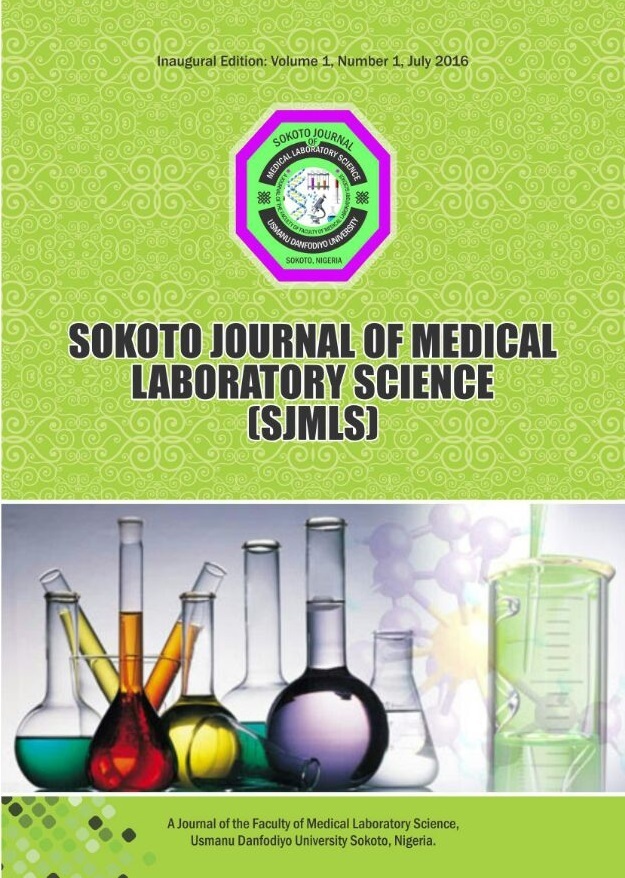Antimicrobial susceptibility Pattern and Incidence of Multi-drug Resistant Pseudomonas aeruginosa in Oyo State
Keywords:
Antimicrobial susceptibility, Multi-drug Resistant, Pseudomonas aeruginosa, Oyo StateAbstract
Pseudomonas aeruginosa is an opportunistic pathogen that causes severe invasive diseases in man. The frequency of infections caused by this pathogen is rising worldwide with multidrug-resistant (MDR) strains, resistant to several antibiotics. There is little knowledge of the incidence of multidrug-resistant Pseudomonas aeruginosa infections in Oyo state, Nigeria neither is there published data on molecular detection of Pseudomonas aeruginosa infection. The aim of this study was to determine the incidence and
antimicrobial sensitivity pattern of the multidrug-resistant (MDR) Pseudomonas aeruginosa in patients attending tertiary health facilities in Oyo state, Nigeria, from June, 2016 to December, 2017. The antimicrobial susceptibility pattern using Kerby-Bauer disk diffusion method (with NCCLS ≥ 6mm sensitivity) was employed. Majority of the 161 isolates were from wound 47(29.19%) followed by sputum 32(19.88%), burns 20 (12.45%) and urine 20(12.42%). Among all the 161 samples examined, 44(27.3%) contained Pseudomonas aeruginosa, of which 20(45.45%) were multidrug-resistant strains. Of the 20 multidrug-resistant Pseudomonas aeruginosa strains, Imipenem demonstrated highest sensitivity (85.0%) followed by Ciprotab (65%), Ceftazidine (60%), Ofloxacin (55%) and Ciprofloxacin (45%). Imipenem presented as the best antibiotic of choice for the treatment of multidrug- resistant Pseudomonas aeruginosa in Oyo State. There is urgent need for improved antibiotics policy and guidelines in Nigeria due to the increasing resistance pattern observed in Pseudomonas aeruginosa species. There is the need for early molecular detection analysis in tertiary health facilities in order to reduce the emergence of multidrug-resistant Pseudomonas aeruginosa because resistivity is usually transmitted via plasmids; and there should be better infection control due to rapid dissemination of the strains.




